A Graduate’s Guide to DSS: Odyssey
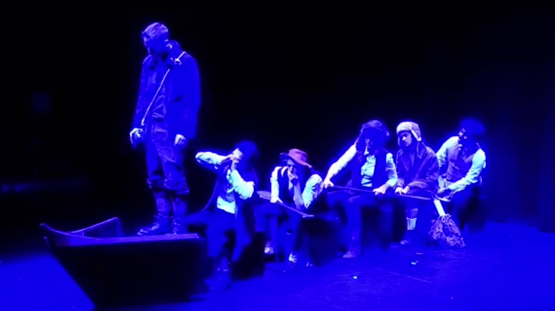
Prior to logging onto Zoom to watch a live performance of DAN Studio Series: Odyssey, I considered how the DAN School of Drama and Music student festival played a part in my undergraduate experience. In addition to developing friends and connections throughout my years at Queen’s University, these experiences saw the honing of skills in acting, writing, and collaborating.
Created and produced entirely by undergraduate students, the DAN Studio Series (DSS) existed as a space of exploration, where ideas could be tested and skills developed. This formula still reigns true, and in the wake of the global pandemic, it seems that this exploration goes further than the confines of the physical theatre.
What unfolded over the course of the virtual performance was an investigative journey on many fronts, just as the title would suggest. Stories ranged in subject matter, size, and style, making for some memorable moments that quickly paved the way for new ones, sticking within the tight festival-style time frame. The result was what felt like a fast-paced voyage itself, and in recognizing this, I find it appropriate to respond with a roadmap of my own. So, buckle up and grab some road snacks, we’re going on an odyssey!
(For optimal ambiance, listen to this whilst embarking on your journey: https://www.youtube.com/watch?v=arOgwo9ZWZI)
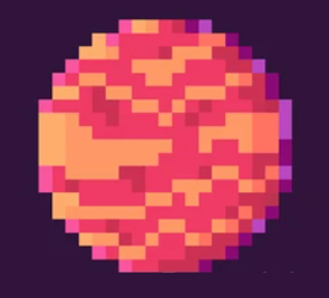
BEGIN AT COMMUNITY GATHERING PLACE
Before even entering the worlds of the plays, I found myself revelling in the pre-show experience. The performance was not a pre-recorded event, but rather broadcast live, exhibiting a real excitement in the preshow chatter, even if online viewers were only spectators of it. That was always a critical component of DSS—the community. Attending a show meant seeing someone you know, someone who might have written or directed one of the plays, or a stranger who was one ‘hello’ away from having a good discussion.
What some online pieces gain in professional quality by pre-recording and editing performances before streaming, they lose in the comradery of a live audience reaction and the unexpected opportunities for connection.
WARP THROUGH METEOR SHOWER OF EMOTIONAL TURBULENCE
As the lights rise on an ordinary couch, At The Sound of the Tone by Meg Mcleod begins. The piece follows Jamie and Charlie, a compulsive couple who seem to fall in and out of love as often as there is a new Star Wars premiere. Leading them through these exchanges is the apparently omnipresent manifestation of their anxieties dubbed ‘Narrator’, who works with and against the characters throughout the show.
What worked for me in this piece was the attention to detail in its recurring themes. Star Wars references appeared in many different forms in the production, from Charlie’s shirt to the recurring Chewbacca impersonations to the iconic Cantina Band music used for transitions. This made the production feel rounded and well-thought-out. These additions also alluded to the episode-like nature of the chapters of the narrative.
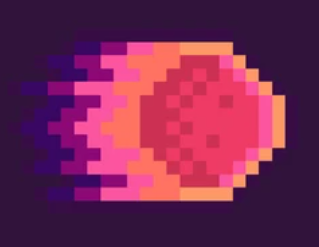
Where more development may have been appreciated was in the Narrator character. While Aiden Bruce does a terrific job in portraying this comical gameshow host persona, it is unclear what his ultimate relationship is to the characters he is haunting. Is he an active participant in their relationship or a passive bystander? How might the ending have changed if Jamie and Charlie were to acknowledge the Narrator together, and in doing so, lessen his power? While this made for some thematic turbulence, it was within an abstract framing that totally allowed for it.
BRAVE THROUGH TRAUMATIC LOOP-DE-LOOP
After a quick Phoebe Bridgers transition, the couch makes way for a box-made bed and the performers of Lucid Dreaming, a piece written by Ben Ma. What begins as a soft, poetic introduction from the young, Queer Damien soon sees his recollection of a mangled coming out that has left him reasonably traumatized. Through the re-enacting of these moments in a dreamlike state, he explores the nuance and nightmare of his experience.
In addition to some fabulous bedsheet work (DRAM100 for the win), Lucid Dreaming offered a short but impactful look into a turbulent Queer experience. While it was at times difficult to digest (even over Zoom), the cast handled the content in a way that was gracious and honest. It would be interesting to know what sorts of discussions were facilitated in the rehearsal space to create what seemed like such a united cast.
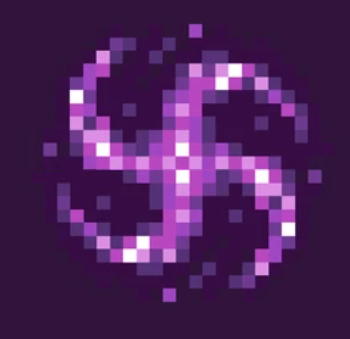
In coming down from the stomach summersault that accompanies the climax of the piece, I had to wonder what was next for these characters. Will Ma be developing the piece to further explore Damian’s estranged father or unaccepting mother? What new hopes could this story offer for Queer audience members, or for those who know someone that is struggling with coming out? As I ponder this, the Odyssey makes a pit stop and takes a brief intermission.
PRESS FORWARD INTO THE TWILIGHT ZONE
For the third and final portion of the journey, we are transported into not one, not two, but three different narratives—all explored in Olivia Teti’s How I Got Stuck in Crush, Texas & Other Stories, with original music from Cameron McNeil. Led through each tale by a trickster bartender, the action follows a fabricated Texas town, a pair of grave-robbing med students, and a canoe full of French-Canadians. In each segment, the omnipotent bartender tests the characters in different ways, in which they all generally fail.
With the quick nature of the scenes and their supernatural content, I couldn’t help but feel like I was watching an episode of The Twilight Zone and that the suave bartender was our Rod Serling. Adding to this notion was the wicked lighting that played throughout the three scenes, particularly in the third. Upon having their canoe granted the power of flying, the group of French-Canadian workers are hit with a ghostly purple and blue hue, as shown above.
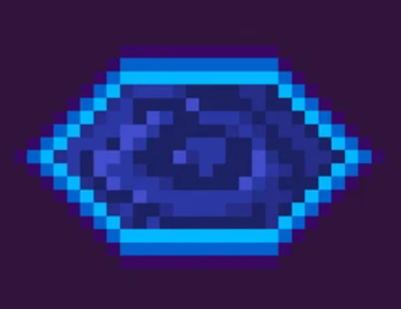
What may have been an ordinary stage effect in person became an incredible moment online, as the glow seen through the camera’s resolution lit up the performers in a ghostly glow against a sea of black. The performers almost looked like they were being looked at under black lighting, or through night vision goggles. While online performances have at times felt like a fruitless solution for a lack of being able to gather, moments such as these could perhaps be the groundwork for new dramaturgical meanings. What other storylines could be created with the knowledge of this ghostly effect is up to the creators; or anyone with LEDs and a webcam.
CLOSE THE SIMULATOR
As the lights come up and the Zoom screen becomes partially obstructed by a “Thanks for watching!” message, I type in my congratulations and close the exploration simulator. Despite my years away from the DSS circuit at the DAN School, DSS: Odyssey suggests that its principles remain mostly the same, offering opportunity, collaboration, and investigation to participating students. Each piece presents a brief and nuanced account that, like most theatre, could be opened for further development.
While I look forward to being welcomed into an exploration of DSS that is not over a simulator, I am grateful to still have been a part of the journey. As someone who has served once as an actor, twice a playwright and multiple times an audience member, I’ve spent some time thinking about what DSS has to offer to its participants. If I were to transmit some final words of a past explorer to the present and future generations, they would be:
Keep experimenting, keep being open to collaboration, and remember to enjoy the journey. While it may feel like the goal of the mission is to bask in the light at the end of the tunnel, the true growth is in the moments of hesitation and not knowing in the dark. Press on and into these feelings, they will lead you to new ends and bright beginnings. And while it may feel counterintuitive, try to shake the fear of failure. Interrogate this concept instead and ask what is driving it, or how it can be utilized to create something entirely new. Remember that some of the biggest explosions generate the most beautiful supernovas.
Drink water, tell your friends you love them.
-J
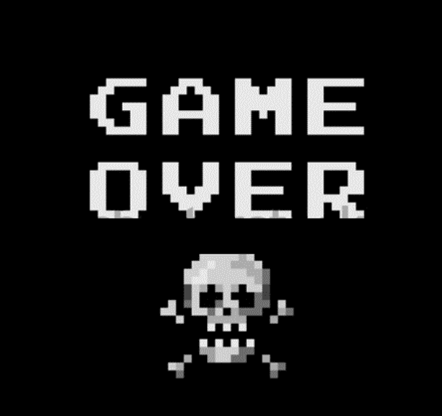
DSS: Odyssey ran from November 10-13, 2021. For more information regarding the DAN Studio Series, check out their Instagram page here
